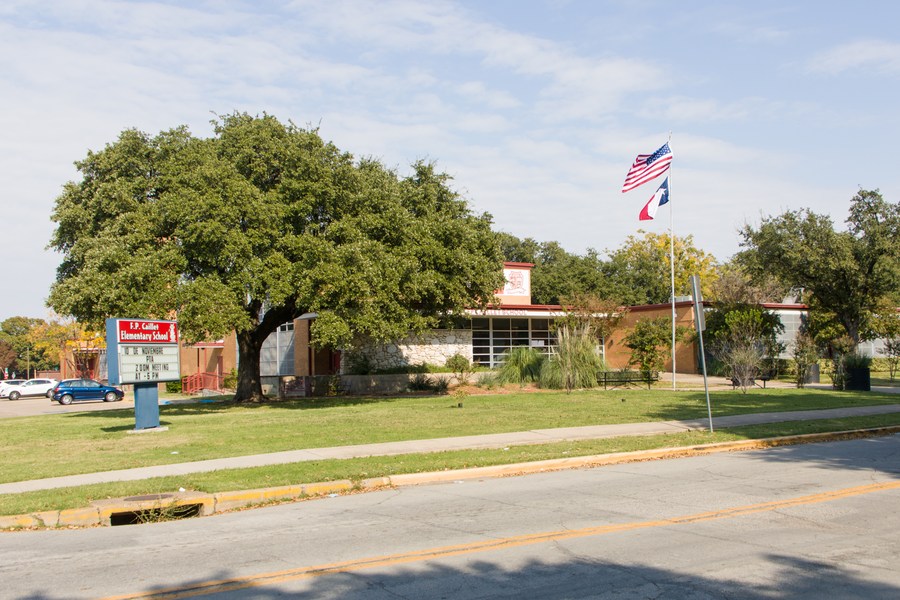

Besides distribution confusion and anxiety, incorrect and even misleading data have also been found in southern states as healthcare providers rush to get people vaccinated as soon as possible.
HOUSTON, Jan. 24 (Xinhua) -- A little over a month since COVID-19 vaccines from Pfizer and Moderna began reaching U.S. southern states, problems such as miscommunication, technical issues and inaccurate data have concerned officials and the public.
On Thursday, Texas Lieutenant Governor Dan Patrick sent a letter to the chair of the state's Expert Vaccination Allocation Panel, asking the state to refine its vaccine rollout program for people to have a clearer idea of when they can expect the vaccination.
According to a report of The Texas Tribune, Patrick's request came as distribution of vaccines in Texas has been beset with "miscommunication and technical issues" that have created confusion for patients and providers.
Texas started to receive COVID-19 vaccines in December 2020. Texas Governor Greg Abbott said earlier this month that each week of January, the state was expected to receive 310,000 first doses and up to 500,000 second doses.
Currently, Texans in phases 1A and 1B of the vaccine rollout - which includes healthcare front-line workers, long-term care facility residents, people over 65 years old and those who are at least 16 with certain chronic medical conditions - are already eligible to be vaccinated.

Photo taken on Nov. 13, 2020 shows the Parkland Hospital which admits COVID-19 patients in Dallas, Texas, the United States. (Photo by Dan Tian/Xinhua)
Patrick wrote in his letter that in many cities and counties when an announcement of available vaccinations is made, "website sign-up pages crash and phone calls go unanswered."
"Texans need to have a better understanding of the time it will take for everyone to be vaccinated in order to reduce lines, confusion and frustration," he continued.
In the letter, Patrick suggested the state to subgroup the people in category 1B "so that the more than 4 million plus Texans and those with chronic conditions don't all expect to get their vaccination at the same time - something we know is not possible."
Texas is outpacing other states in administering the vaccine. Last week over 1 million doses were administered in the state. Since both Pfizer and Moderna vaccines need two shots, many people who already had the first dose begin to worry if they could have the second one on time as the deadline is approaching.
The state's health department said on Saturday that it was working to secure the second doses when it would release next week's vaccine allocation list.

Photo taken on Nov. 13, 2020 shows the closed F.P. Caillet Elementary school in Dallas, Texas, the United States. (Photo by Dan Tian/Xinhua)
"DSHS (Texas Department of State Health Services) automatically allocated second doses to providers based on the number of first doses they received, so people should be able to return to the same provider to receive their second dose," the department said in a release.
While some people are worried about their second dose, others are struggling to get their first one. In Tulsa, one of the largest cities in the state of Oklahoma, people are trying their best to get appointments.
"We are seeing a lot of Tulsa residents drive around the state in search of their appointment," local media quoted Oklahoma's Deputy Health Commissioner Keith Reed as saying on Friday.
Asking those seeking an initial dose not to take up available slots for those seeking the second shot, Reed said state officials are working to increase the availability of the vaccines in Tulsa.
Besides distribution confusion and anxiety, incorrect and even misleading data have also been found in southern states as healthcare providers rush to get people vaccinated as soon as possible.

A notice telling COVID-19 vaccine is not yet available is pictured on the door of a pharmacy in New Orleans, Louisiana, the United States, Nov. 25, 2020. (Photo by Lan Wei/Xinhua)
In the state of Louisiana, healthcare workers recently found flawed data collection concerning the race of vaccine recipients.
Louisiana Governor John Bel Edwards unveiled on Friday that data from the state's health department showed that over half of the people who had received the vaccine had been marked "other" or "unknown" to describe their race on forms health providers are required to submit to the department.
According to Edwards, about 36 percent were marked "other" and 20 percent were marked "unknown," making the state unable to know the race of more than half the roughly 300,000 doses administered to date.
The lack of accurate information on race paints an imprecise picture of who is getting vaccines in the state, local media said. It could also undermine the push by federal and state officials to distribute vaccines equitably.

 Award-winning photos show poverty reduction achievements in NE China's Jilin province
Award-winning photos show poverty reduction achievements in NE China's Jilin province People dance to greet advent of New Year in Ameiqituo Town, Guizhou
People dance to greet advent of New Year in Ameiqituo Town, Guizhou Fire brigade in Shanghai holds group wedding
Fire brigade in Shanghai holds group wedding Tourists enjoy ice sculptures in Datan Town, north China
Tourists enjoy ice sculptures in Datan Town, north China Sunset scenery of Dayan Pagoda in Xi'an
Sunset scenery of Dayan Pagoda in Xi'an Tourists have fun at scenic spot in Nanlong Town, NW China
Tourists have fun at scenic spot in Nanlong Town, NW China Harbin attracts tourists by making best use of ice in winter
Harbin attracts tourists by making best use of ice in winter In pics: FIS Alpine Ski Women's World Cup Slalom
In pics: FIS Alpine Ski Women's World Cup Slalom Black-necked cranes rest at reservoir in Lhunzhub County, Lhasa
Black-necked cranes rest at reservoir in Lhunzhub County, Lhasa China's FAST telescope will be available to foreign scientists in April
China's FAST telescope will be available to foreign scientists in April